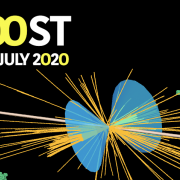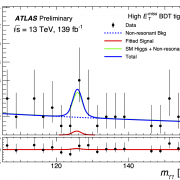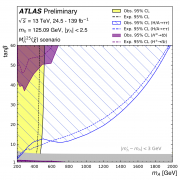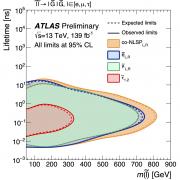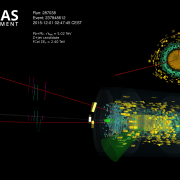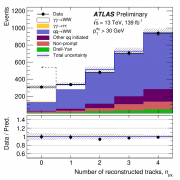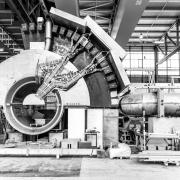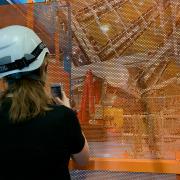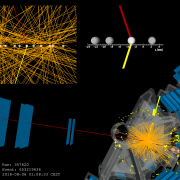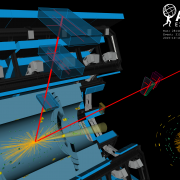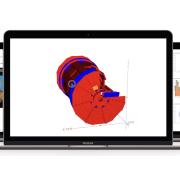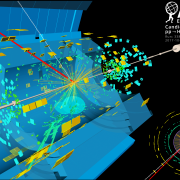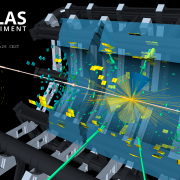Access to Collaboration Site and Physics Results
Updates tagged: “Lepton Photon 2019”
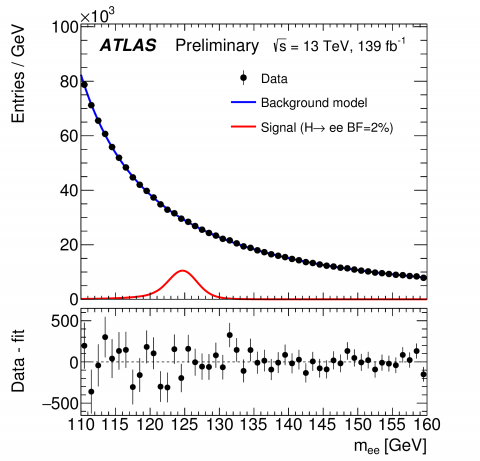
Searching for Higgs boson interactions with the lightest charged lepton
Does the Higgs boson follow all of the rules set by the Standard Model? Since discovering the particle in 2012, the ATLAS and CMS Collaborations have been hard at work studying the behaviour of the Higgs boson. Any unexpected observations could be a sign of new physics beyond the Standard Model.
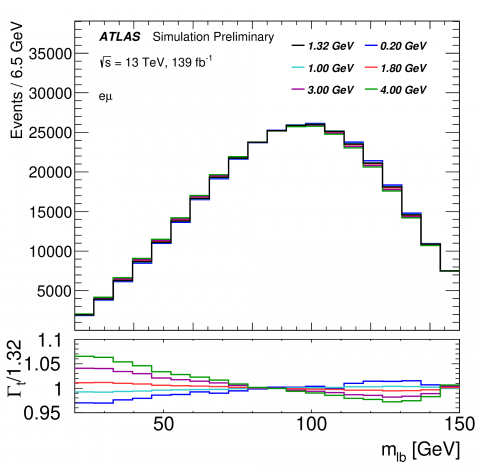
ATLAS delivers new direct measurement of the top-quark decay width with improved precision
As the heaviest known particle, the top quark plays a key role in studies of fundamental interactions. Due to its short lifetime, the top quark decays before it can turn into a hadron. Thus, its properties are preserved and transferred to its decay products, which can in turn be measured in high-energy physics experiments. Such studies provide an excellent testing ground for the Standard Model and may provide clues for new physics.
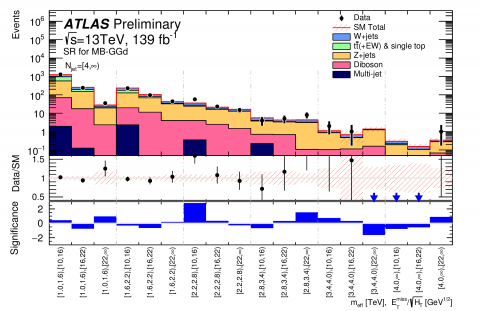
ATLAS releases new search for strong supersymmetry
New particles sensitive to the strong interaction might be produced in abundance in the proton-proton collisions generated by the LHC – provided that they aren’t too heavy. These particles could be the partners of gluons and quarks predicted by supersymmetry (SUSY), a proposed extension of the Standard Model of particle physics that would expand its predictive power to include much higher energies. In the simplest scenarios, these “gluinos” and “squarks” would be produced in pairs, and decay directly into quarks and a new stable neutral particle (the “neutralino”), which would not interact with the ATLAS detector. The neutralino could be the main constituent of dark matter.

Zooming in on top-quark production
As the heaviest known elementary particle, the top quark has a special place in LHC physics. Top quark-antiquark pairs are copiously produced in collisions recorded by the ATLAS detector, providing a rich testing ground for theoretical models of particle collisions at the highest accessible energies. Any deviations between measurements and predictions could point to shortcomings in the theory – or first hints of something completely new.





